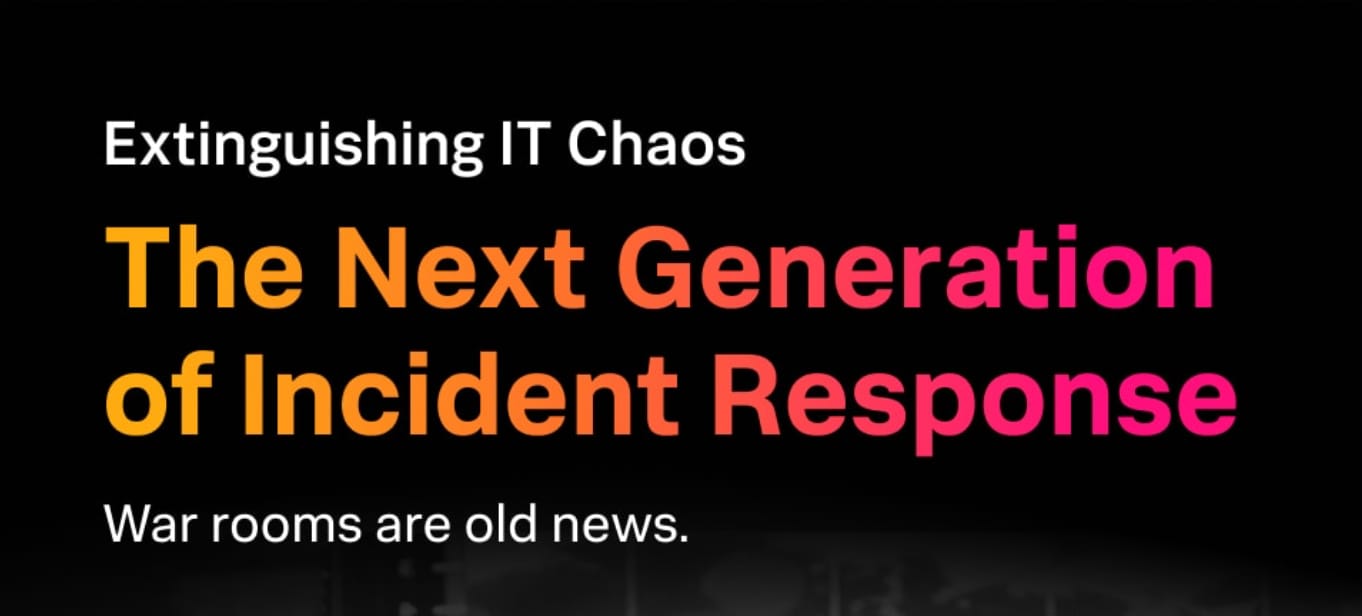What is Automated Incident Response? Benefits, Processes, and Challenges Explained
Key takeaways
- Automated incident response leverages predefined workflows, AI/ML algorithms, and integration with tools like SIEM to streamline incident management processes such as alert triage, diagnostics, and reporting, reducing response times and costs.
- Key processes like alert prioritization, data aggregation, diagnostics, post-mortem analysis, and reporting can be significantly enhanced with automation, enabling IT teams to make faster, data-driven decisions and reduce manual workloads.
- Successful implementation of automated incident response requires seamless integration into existing IT infrastructure, well-defined policies and workflows, and alignment with organizational goals to ensure effective, coordinated responses to IT incidents.
Responding to IT incidents quickly and effectively is critical for maintaining business continuity and minimizing risks. Automated Incident Response leverages advanced technologies to streamline and enhance how organizations detect, manage, and resolve IT incidents. By replacing manual processes with intelligent automation, businesses can:
- Reduce costs
- Save time
- Improve operational efficiency
In this article, we explore the fundamentals of automated incident response, its benefits, and how it transforms key processes like alert triage, diagnostics, and reporting while addressing common challenges in its implementation.
What is automated incident response?
Automated Incident Response refers to the practice of using a rules-based engine, predefined workflows and technologies that rely on machine learning, statistical or logic-based algorithms to manage incident response actions. These actions may include data collection and analysis, decision making, and control actions to contain threats and recover from an IT incident.
Automated incident response functionality can often be integrated into your existing SIEM (Security Information and Event Monitoring) and Intrusion Detection System (IDS). It replaces manual incident response actions with automated actions defined by your workflows and runbooks.
(Read our foundational primer on incident response.)
Why automate incident response?
Automation in incident response brings significant advantages. Consider the following stats from a research survey conducted among 500 IT leaders and decision makers responsible for infrastructure operations and incident management:
- Annual cost of IT incidents averages $30.4 million. Automation reduces this number to $16.8 million.
- The number of IT incidents increased by 48% in the last year. Automation reduced this number to 43%.
- The average time to resolve these incidents is around 4 hours. Automation reduced the time to resolution, to 2 hours and 40 minutes.
For this comparison, IT operations with at least 5 manual processes were compared with operations that involved 5 automated processes.
Manual processes that automation can enhance
According to the report, the following manual processes are not yet fully automated but can greatly enhance incident response performance with automation capabilities:
Alert triage
A large volume of alerts is activated when network performance parameters exceed predefined thresholds. However, individual alerts don’t present the full picture. For example:
- An alert could be a false positive or less important among the sea of notifications flooding the IT Service Desk and Infrastructure Ops teams.
- Teams must review, analyze and prioritize all incoming alerts based on severity, relevance and context.
How automation helps: Automation can filter and correlate alerts using advanced AI/ML algorithms to extract deep contextual analysis. It can also enrich alerts with threat intelligence to reduce false positives and enable data-driven decision-making.
Data aggregation, ingestion and preprocessing
IT networks generate large volumes of unstructured data in the form of network logs, sensor measurements, numbers and text codes. Transforming this data into a uniform, structured format is often complex and requires manual effort.
How automation helps: Automation enforces standardized workflows and runbook protocols to streamline preprocessing. SIEM tools with predefined scripts or external integrations with logging, endpoint detection, and monitoring tools can simplify this task.
(Related reading: data aggregation.)
Diagnostics and troubleshooting
Once the data is structured, engineers can perform a variety of hypothesis testing, log review, configuration changes and traffic trend analyses. This process requires experience, infrastructure knowledge, and domain expertise.
How automation helps: Advanced AI algorithms can identify complex patterns within the data. While human expertise remains essential for handling complex trends, automation supports incident classification using predefined rules and organizational policies. Automated tools can programmatically enforce, modify, and update workflows and runbooks, enabling faster troubleshooting.
Incident post-mortems and analysis
After resolving an incident, organizations must assess its impact, identify root-causes, and develop strategies to prevent similar incidents. This requires an end-to-end data pipeline for data collection and a centralized repository to store information.
How automation helps: A data lake system can store unstructured information in various formats, enabling third-party analytics tools to preprocess data when needed. This reduces the manual workload for teams handling large datasets in real time, delegating data handling to external tools for efficiency.
Reporting and communications
Internal stakeholders require regular updates on incident response to make critical business decisions during periods of impact. ITOps teams need real-time information to mobilize responders and empower them with the right information depending on the incident type, severity, incident and risk management protocols. Once the issue is resolved, organizations need well-documented reports for regulatory compliance and audits.
How automation helps: AI simplifies reporting and communication tasks. Open-source LLMs trained on unique organization-specific dataset can help the responders and decision makers by generating reports and insights. This is particularly valuable for complex incidents requiring cross-functional collaboration and expertise. By creating reports and extracting insights using Large Language Models, ITOps can accurately track, document and report on IT incidents.
Challenges in implementing automated incident response
While automation has transformative potential, it also introduces challenges:
- Integration with siloed systems: IT infrastructure is often distributed and siloed, making integration of automated tools complex.
- Dependence on policies and workflows: Automated incident response is only as effective as the incident management policies, protocols, and workflows outlined in organizational runbooks.
Organizations need to ensure their infrastructure and processes are prepared to maximize the benefits of automation.
To wrap up
Automated incident response represents a significant leap forward in managing IT incidents. By automating key processes like alert triage, data preprocessing, diagnostics, and post-mortem analysis, organizations can reduce costs, improve response times, and enhance overall efficiency.
However, success depends on well-defined policies, workflows, and the seamless integration of automation tools into existing IT infrastructure.
See an error or have a suggestion? Please let us know by emailing splunkblogs@cisco.com.
This posting does not necessarily represent Splunk's position, strategies or opinion.
Related Articles
About Splunk
The world’s leading organizations rely on Splunk, a Cisco company, to continuously strengthen digital resilience with our unified security and observability platform, powered by industry-leading AI.
Our customers trust Splunk’s award-winning security and observability solutions to secure and improve the reliability of their complex digital environments, at any scale.


